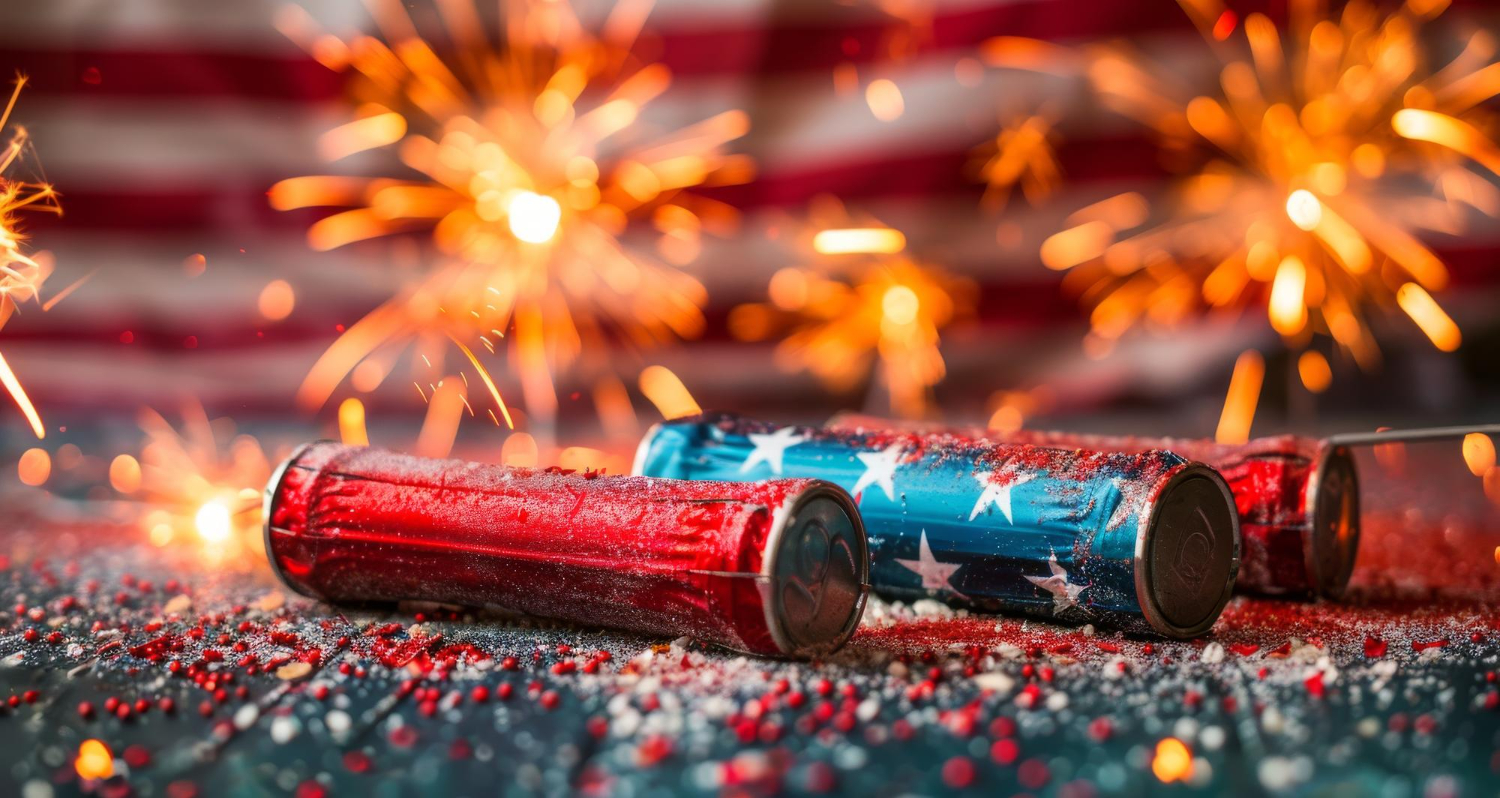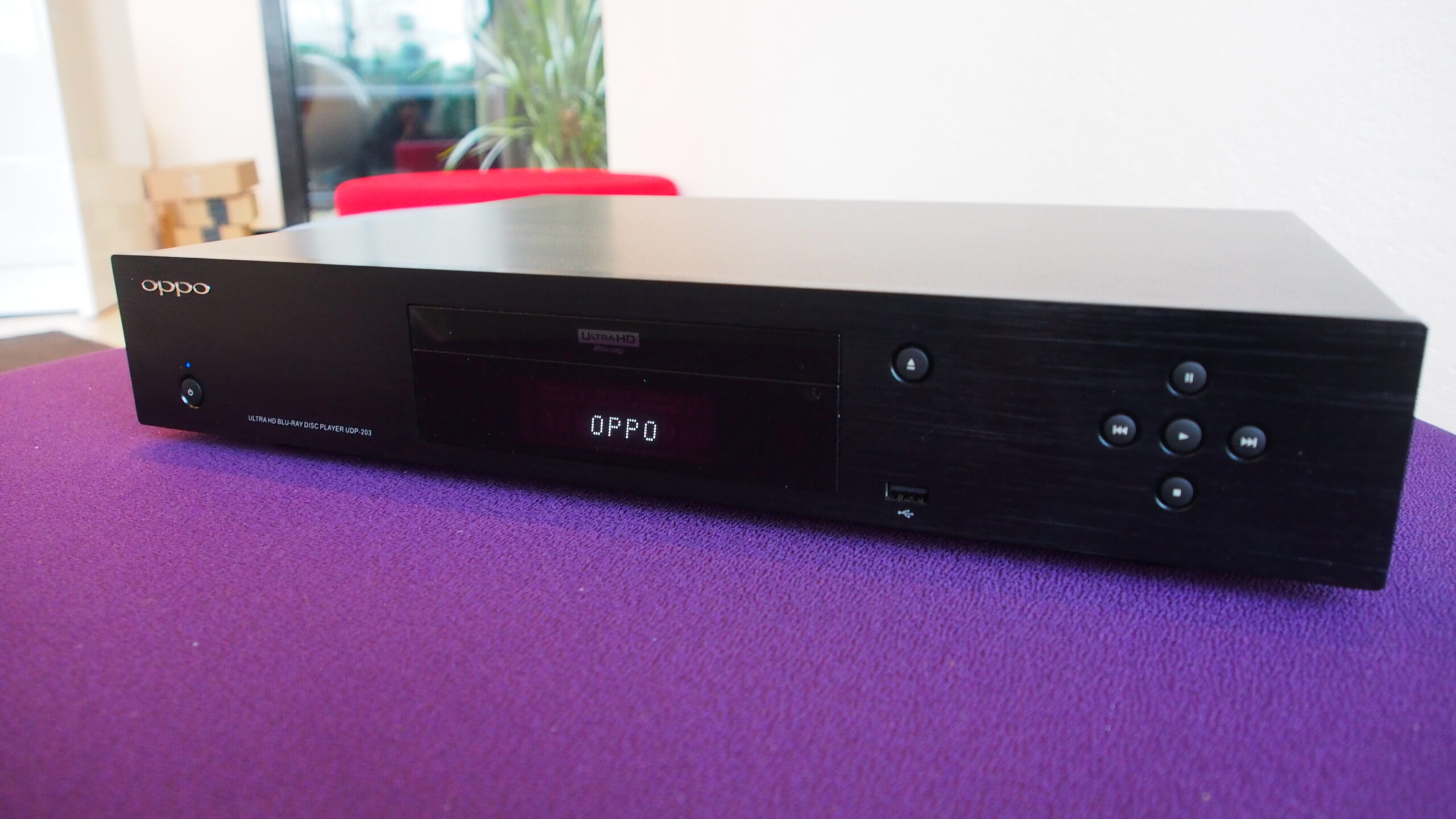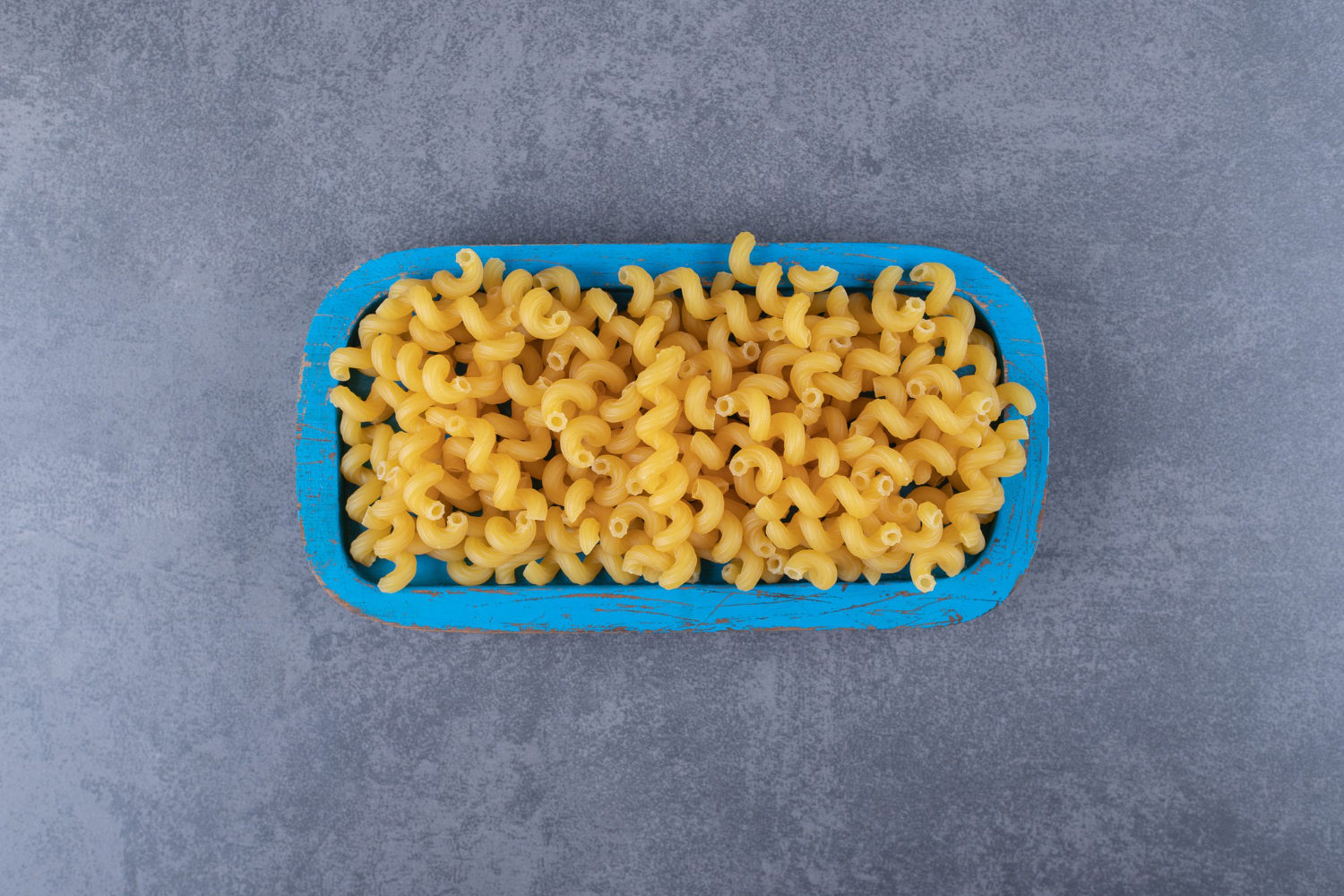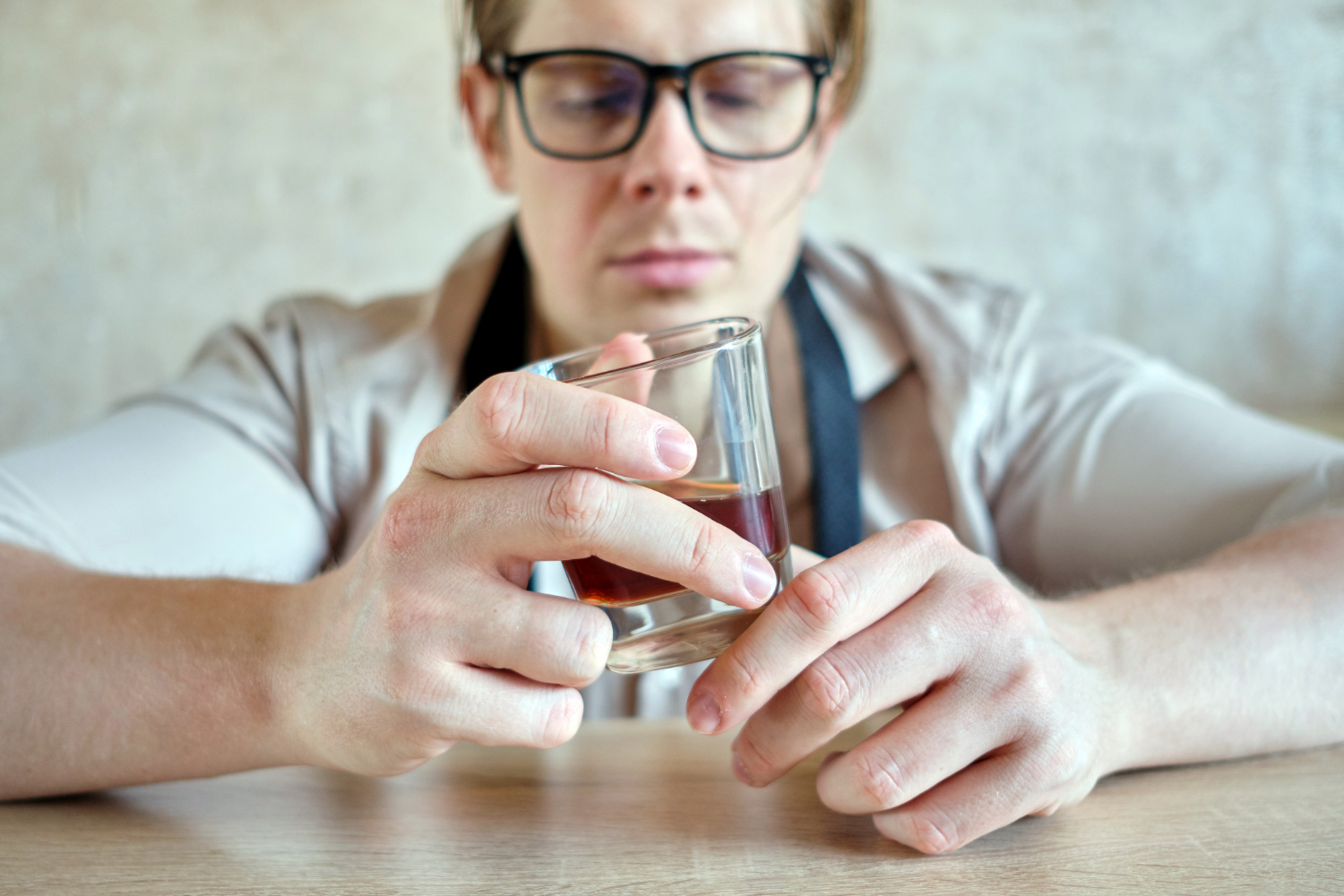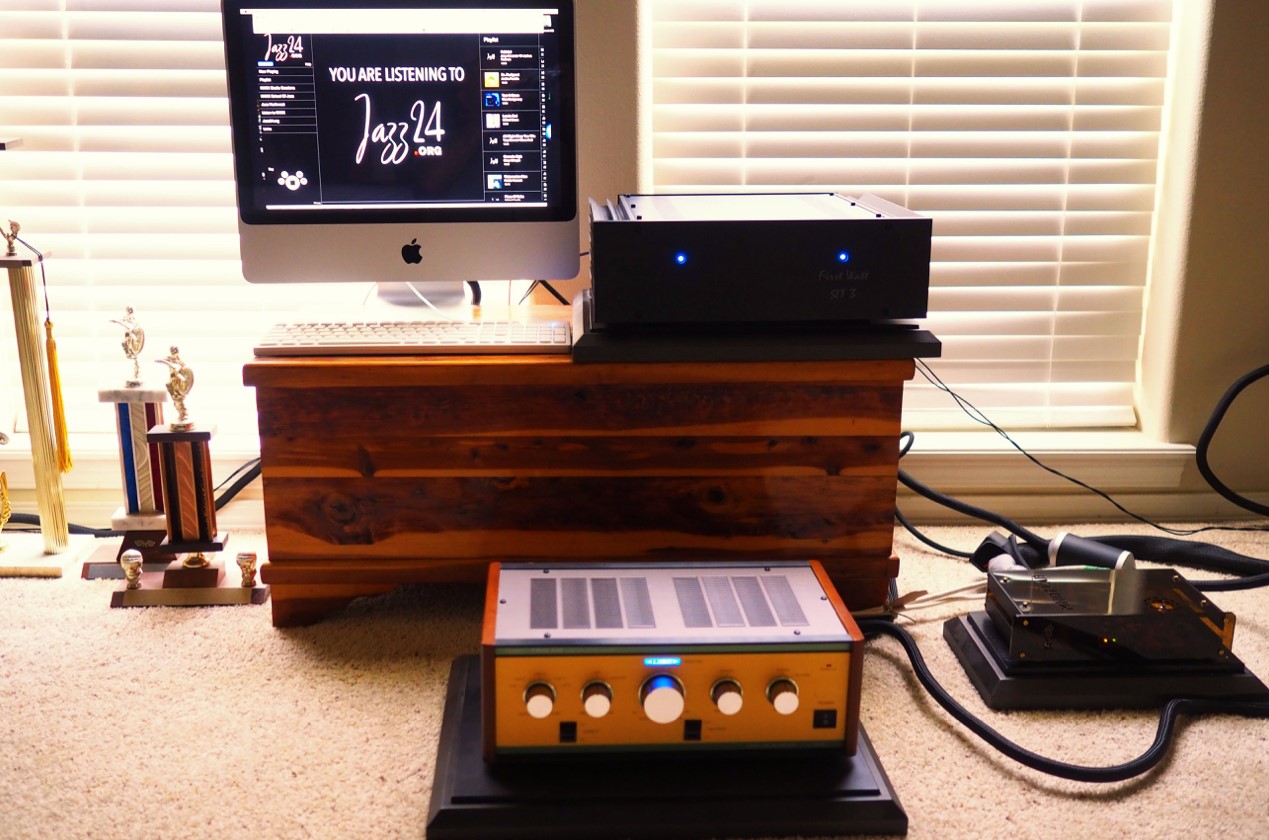Fireworks have been captivating audiences for centuries, with their dazzling displays and mesmerizing patterns lighting up the night sky.
These beautiful pyrotechnic marvels are created using a combination of chemicals and explosive materials that generate color, sound, and light. Recently, there has been growing curiosity about the use of alternative substances like Pyrodex P in fireworks manufacturing.
This blog post aims to explore whether Pyrodex P can be used to make fireworks, addressing safety concerns, legal considerations, and the science behind these mesmerizing displays.
What is Pyrodex P?
Explanation of Pyrodex P
Pyrodex P is a modern synthetic propellant used primarily in firearms and shooting sports. It was developed as a safer and more efficient alternative to traditional black powder, which has been used for centuries in various applications, including firearms, fireworks, and historical reenactments.
Origin and Background
Pyrodex P was introduced by Hodgdon Powder Company, one of the leading manufacturers of smokeless and black powder substitutes.
Its development aimed to provide shooters with a reliable and safe propellant that could deliver consistent performance without the drawbacks associated with black powder, such as excessive fouling and sensitivity to moisture.
Common Uses in Firearms and Shooting Sports
Pyrodex P is commonly used in muzzleloading firearms, cap-and-ball revolvers, and other black powder firearms.
It offers improved performance, reduced fouling, and easier cleaning compared to traditional black powder. However, its use extends beyond just shooting sports, as it is also employed in historical reenactments and various hobbyist activities.
Differences between Pyrodex P and Traditional Black Powder
While Pyrodex P is designed to mimic the performance of black powder, there are key differences between the two.
Pyrodex P is less sensitive to impact and friction, making it safer to handle and store. Additionally, it produces less fouling, which means less residue is left behind after firing, making cleaning easier and less frequent.
Can Pyrodex P Be Used to Make Fireworks?
The short answer is no, Pyrodex P should not be used to make fireworks. While it is a powerful propellant suitable for firearms, its properties and safety considerations make it unsuitable for use in fireworks.
Safety Concerns
Using Pyrodex P in fireworks presents several safety concerns. Unlike traditional black powder, Pyrodex P has different combustion properties that can lead to unpredictable and potentially dangerous outcomes when used in pyrotechnics.
Fireworks require precise control over combustion rates and chemical reactions to ensure safe and consistent performances, something Pyrodex P does not provide.
Legal Considerations
In many regions, the use of alternative propellants like Pyrodex P in fireworks is strictly regulated or outright prohibited.
Fireworks manufacturing is a highly controlled industry, with stringent regulations governing the types of materials that can be used. Using unauthorized substances like Pyrodex P can result in legal consequences, including fines and criminal charges.
Detailed Explanation of Why or Why Not Pyrodex P is Suitable for Fireworks
Pyrodex P’s formulation and intended use differ significantly from those of traditional black powder. While it may perform well in firearms, its burn rate and chemical composition are not suitable for the controlled explosions required in fireworks.
The potential risks involved, including misfires, unpredictable explosions, and safety hazards, far outweigh any perceived benefits.
Combustion Properties
Fireworks rely on specific combustion properties to achieve the desired effects, such as timed bursts, colors, and patterns.
Traditional black powder provides a consistent burn rate and reliable performance, essential for designing and executing safe pyrotechnic displays. Pyrodex P, on the other hand, has a different burn rate and energy output, making it unsuitable for achieving these precise effects.
Potential Risks Involved
Using Pyrodex P in fireworks introduces several risks, including the possibility of unintended explosions, erratic behavior during ignition, and increased likelihood of accidents. These risks are amplified when considering the safety of both the person handling the fireworks and the spectators.
Quote or Reference from Experts or Authoritative Sources
According to the American Pyrotechnics Association, “Fireworks should only be made using materials and methods that have been thoroughly tested and approved for pyrotechnic use. Using unauthorized substances like Pyrodex P can lead to dangerous and unpredictable outcomes.”
Understanding the Components of Fireworks
Overview of Traditional Materials Used in Fireworks
Fireworks are composed of several key materials, each playing a crucial role in creating the desired visual and auditory effects. These materials include black powder, chemical additives, and various binding agents.
Black Powder
Black powder, also known as gunpowder, is the primary explosive material used in fireworks. It serves as the propellant that ignites and propels the pyrotechnic device into the air. Its consistent burn rate and reliable performance make it the preferred choice for fireworks manufacturing.
Chemical Additives for Color and Effects
Chemical additives are used to create the vibrant colors and effects seen in fireworks displays. These additives include metal salts, such as strontium, copper, and barium, which produce red, blue, and green colors, respectively. Other chemicals create sparkles, crackles, and other visual effects.
Importance of Following Safety Guidelines and Regulations
Manufacturing and handling fireworks require strict adherence to safety guidelines and regulations set by regulatory bodies. These guidelines ensure that fireworks are produced and used safely, minimizing the risk of accidents and injuries.
The Science Behind Fireworks
How Fireworks Work
Fireworks operate on the principles of combustion and chemical reactions. When ignited, the black powder propellant burns rapidly, creating gases that propel the device into the air. Once airborne, timed fuses ignite the chemical additives, producing the desired visual and auditory effects.
Chemical Reactions Involved
The chemical reactions in fireworks are carefully controlled to produce specific effects. For example, the combustion of black powder generates heat and gases, while the burning of metal salts produces different colors. The precise combination of these reactions creates the stunning displays seen in fireworks shows.
Role of Different Substances in Creating Various Effects
Different substances play specific roles in fireworks to achieve various effects. For instance, the use of aluminum powder creates bright flashes, while titanium produces white sparks.
The careful selection and combination of these substances allow pyrotechnicians to design intricate and captivating displays.
Comparison Between Traditional Black Powder and Modern Alternatives like Pyrodex P
Performance and Consistency
Traditional black powder is known for its consistent performance, making it the preferred choice for fireworks. Modern alternatives like Pyrodex P, while suitable for firearms, lack the consistency and reliability required for safe and effective fireworks displays.
Safety Considerations
Safety is paramount in fireworks manufacturing. Traditional black powder has a long history of use and well-established safety protocols. In contrast, alternative propellants like Pyrodex P pose additional risks due to their different combustion properties and lack of extensive testing in pyrotechnics.
Practicality and Availability
Traditional black powder is readily available and widely used in the fireworks industry. Its proven track record and availability make it the practical choice for pyrotechnicians. While alternatives like Pyrodex P may be accessible for firearms enthusiasts, their use in fireworks is not recommended.
Practical Guide for Safe Firework Creation
Step-by-Step Guide for Those Interested in Making Fireworks Safely
Creating fireworks requires careful planning and adherence to safety protocols. Here is a step-by-step guide for those interested in making fireworks safely:
Materials Needed
- Black powder (traditional)
- Chemical additives for color and effects
- Binding agents
- Fuses and ignition sources
- Protective gear (gloves, goggles, and fire-resistant clothing)
Safe Handling and Storage Practices
- Store all materials in a cool, dry place away from heat sources.
- Handle black powder and chemical additives with care to avoid accidental ignition.
- Use appropriate protective gear to minimize exposure to hazardous materials.
Assembly Instructions
- Measure and mix the black powder and chemical additives according to the desired effect.
- Pack the mixture into a suitable container, such as a cardboard tube.
- Insert fuses and ignition sources, ensuring they are securely placed.
- Follow legal guidelines and obtain necessary permits before testing or using fireworks.
Importance of Following Legal Guidelines and Obtaining Necessary Permits
Compliance with legal guidelines and obtaining necessary permits are essential steps in ensuring the safe use of fireworks. These regulations are in place to protect both the individuals handling the fireworks and the general public.
Common Mistakes and Safety Tips
Common Mistakes Made by DIY Firework Creators
- Using unauthorized materials, such as Pyrodex P, in fireworks.
- Failing to follow proper safety protocols and handling procedures.
- Ignoring legal requirements and operating without necessary permits.
Essential Safety Tips to Prevent Accidents and Injuries
- Always use authorized materials and follow manufacturer instructions.
- Maintain a safe distance from ignition sources and spectators.
- Have fire extinguishing equipment readily available in case of emergencies.
Protective Gear
- Wear gloves and goggles to protect against burns and eye injuries.
- Use fire-resistant clothing to minimize the risk of burns.
- Ensure all personnel involved in fireworks handling are equipped with appropriate protective gear.
Safe Lighting and Disposal Procedures
- Follow safe lighting procedures, such as using long-handled lighters or electronic ignition devices.
- Dispose of used fireworks and materials in a safe and environmentally friendly manner.
- Never attempt to relight or reuse malfunctioning fireworks.
Alternatives to Pyrodex P for Fireworks
List of Safer, More Commonly Used Substances for Making Fireworks
- Black powder (traditional)
- Commercial firework kits
- Pre-mixed pyrotechnic compositions
Reasons Why These Alternatives Might Be Preferable
- Proven safety and reliability in fireworks applications.
- Consistent performance and predictable outcomes.
- Compliance with legal and regulatory requirements.
Conclusion
Recap of Key Points Discussed in the Blog Post
In this blog post, we explored whether Pyrodex P can be used to make fireworks. We discussed the properties and uses of Pyrodex P, compared it to traditional black powder, and outlined the risks and safety concerns associated with using it in fireworks. Additionally, we provided a practical guide for safe firework creation and highlighted the importance of following legal guidelines.
Final Thoughts on Using Pyrodex P for Fireworks
While Pyrodex P is a valuable propellant for firearms, it is not suitable for fireworks due to its different combustion properties and associated risks. Traditional black powder remains the preferred choice for pyrotechnicians, offering consistent performance and safety.
Encouragement to Prioritize Safety and Legal Compliance
For those interested in creating fireworks, prioritizing safety and legal compliance is essential. Using authorized materials, following safety protocols, and obtaining necessary permits are crucial steps in ensuring a safe and enjoyable fireworks experience.
FAQs
What is Pyrodex P used for?
Pyrodex P is commonly used in muzzleloading firearms, cap-and-ball revolvers, and other black powder firearms. It offers improved performance and reduced fouling compared to traditional black powder.
What kind of powder is used in fireworks?
Traditional black powder is the primary powder used in fireworks due to its consistent performance and reliable combustion properties.
Is Pyrodex explosive?
Pyrodex P is a propellant rather than an explosive. While it burns rapidly and produces gases, it lacks the explosive properties required for safe and effective fireworks.
Is phosphorus used to make fireworks?
Phosphorus is used in some fireworks compositions to create various effects, such as smoke and light. However, its use requires careful handling and adherence to safety protocols due to its reactive nature.
By following this detailed guide, you can better understand the complexities of using Pyrodex P in fireworks and make informed decisions about safe firework creation.





